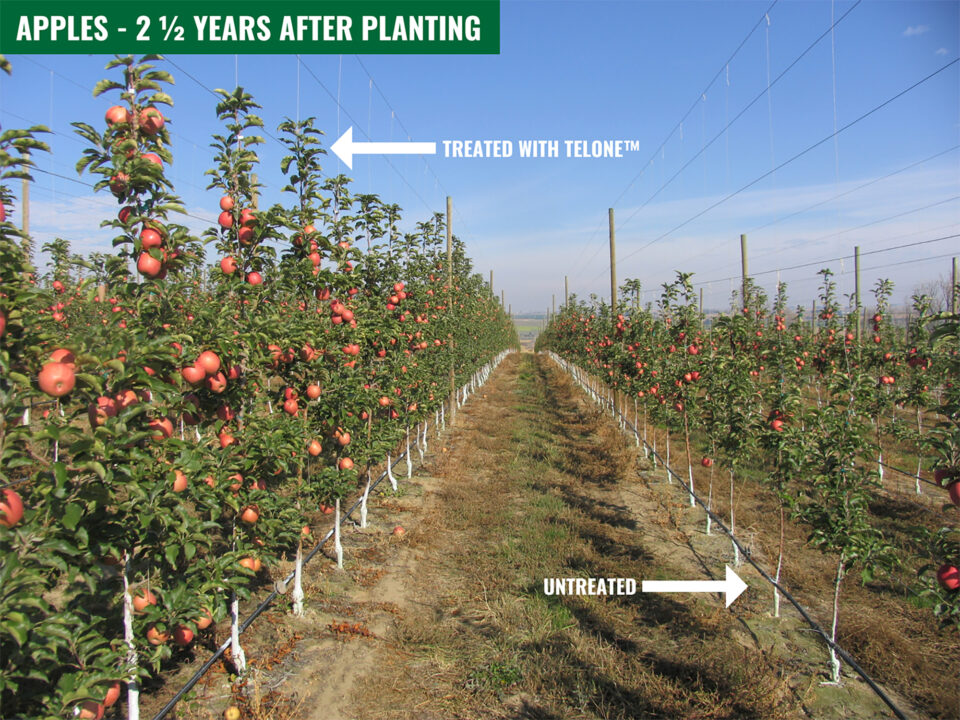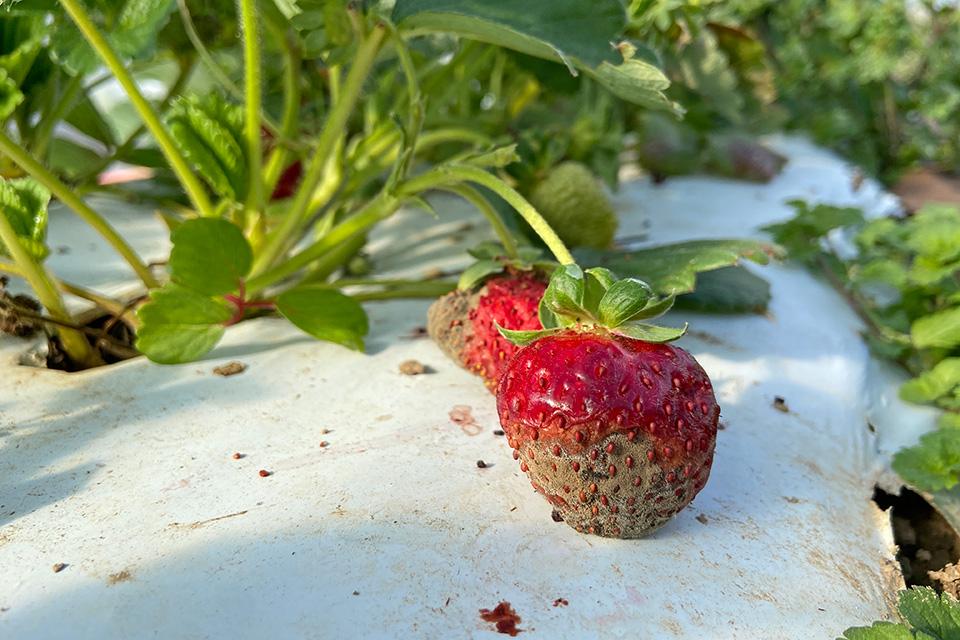Scientists Track Scent To Help Stop Citrus Pest
Stephen Lapointe, an entomologist with USDA’s Agricultural Research Service (ARS) at the agency’s U.S. Horticultural Research Laboratory in Fort Pierce, FL, along with Lukasz Stelinksi of the University of Florida’s Citrus Research and Education Center, have conducted experiments to see if two compounds released by female citrus leafminer moths–a triene and a diene–can be formulated to disrupt the insect’s mating cycle. The citrus leafminer forms channels as it feeds inside citrus leaves, making the plant more susceptible to canker disease.
In one set of experiments, the researchers confirmed that a 3-to-1 ratio of triene to diene worked better than either triene or diene alone as an attractant. They also placed experimental treatments around synthetically designed “female-scented” traps at different points inside a citrus grove to determine the optimal formulations for confusing males and preventing them from finding the female-scented traps. They used a waxy substance known as SPLAT that slowly released the experimental treatments over time, and they checked the traps once a week over several months.
Results, published in the Journal of Chemical Ecology, showed that either compound, when used alone, was effective at keeping male leafminers away from the female-scented traps. Greater amounts of diene were required to disrupt the moths, but diene is much cheaper to synthesize, according to Lapointe. He is continuing to work with ISCA Technologies Inc., of Riverside, CA, a manufacturer of the SPLAT technology, to use the results to develop a marketable leafminer mating disruption technology.
Read more about this research at
http://www.ars.usda.gov/is/AR/archive/aug10/pest0810.htm
Source: USDA/ARS









